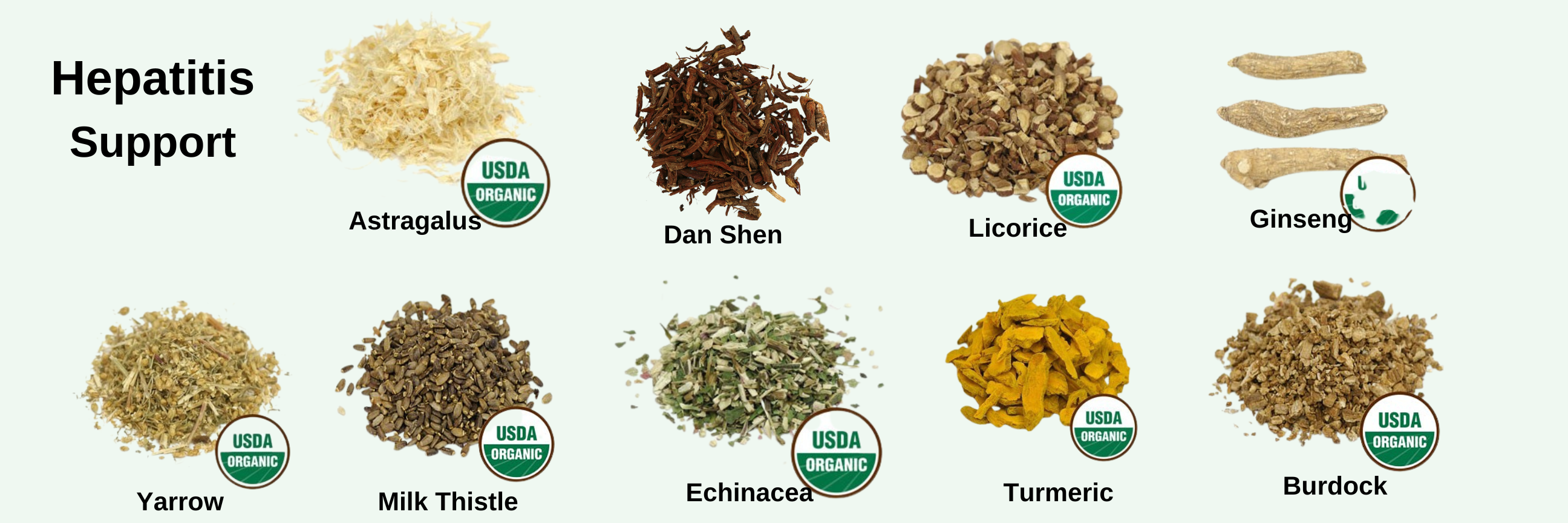Hepatitis
What is hepatitis?
Hepatitis is an inflammation of the liver characterized by the presence of inflammatory cells. It sometimes has few to no symptoms, but it often leads to a yellowing of the skin, mucus membranes, poor appetite, and malaise (feeling generally unwell). There are five main hepatitis viruses, referred to as A, B, C, D, and E.
How do you get hepatitis?
Hepatitis has a variety of causes. Some of the strains have different symptoms than others, but all are serious medical disorders.
• Viral Hepatitis: Viral hepatitis is a sexually transmitted disease. In the developed world, people are often given a vaccine for this form of hepatitis.
• Alcoholic Hepatitis: Excessive alcohol consumption can cause hepatitis and liver damage. This form of hepatitis occurs over a long period of time and after consistent exposure to alcohol. It can lead to liver failure.
• Drug-Induced Hepatitis: Certain medications can lead to drug-induced hepatitis. These drugs include acetaminophen, certain antibiotics, and central nervous system medications.
• Autoimmune Hepatitis: This form of hepatitis is caused by an abnormal immune response against a patient's liver cells. Certain people have a genetic predisposition to developing this form of hepatitis. Check with your doctor to see if you are at risk.
• Non-Alcoholic Fatty Liver Disease (NAFLD): Sometimes, hepatitis occurs in people with little to no history of alcohol use. People who have metabolic syndrome, diabetes, hyperlipidemia, or who are obese are at greater risk of developing NAFLD. "Globally, [NAFLD] prevalence among liver diseases, and in general population, is rising in the recent years along with its associated conditions: obesity, insulin resistance, metabolic syndrome and diabetes."*
• Ischemic Hepatitis: After heart failure, shock, or sepsis, some patients develop ischemic hepatitis. This occurs because of insufficient oxygen flow to the liver which results in liver shock.
• Giant Cell Hepatitis: This is a rare form of hepatitis that often occurs in infants and children. The cause is currently unknown.
What is the difference between acute hepatitis and chronic hepatitis?
Acute hepatitis begins with some flu-like symptoms. Since it is a viral infection, other symptoms include malaise, muscle or joint aches, fever, nausea, vomiting, diarrhea, and headache. Additionally, yellowing of the skin and enlargement of the liver, lymph nodes, and spleen are possible symptoms. Chronic hepatitis sometimes has the symptoms malaise and fatigue, but it often has no symptoms at all. Blood tests are often necessary to diagnose chronic hepatitis.
How can I avoid getting hepatitis?
Some people have a genetic predisposition to contract hepatitis. For others, here are some preventative measures against hepatitis:
• Control Your Weight: Obesity increases the risk of developing NAFLD. Worldwide prevalence of the disease is increasing as obesity rates continue to increase. "[NAFLD] worldwide prevalence in general population is estimated to be 20-30% in Western Countries and 5-18% in Asia and it is increasing over time."*
• Get Vaccinated: In most of the developed world, hepatitis vaccines are widely available. Ask your healthcare provider about getting you and your family vaccinated.
• Practice Safe Sex: To lower the chances of contracting viral hepatitis, always use a barrier method (condoms or dental dams) when engaging in sexual activity. Get tested regularly if you are sexually active with many partners. 
"References"
Dharmananda, Subhuti. "Hepatitis C: Recent Treatment Strategies." ITM Online. Web. 12 Mar. 2015. <http://www.itmonline.org/arts/hepcstrat.htm>.
"Hepatitis: Frequently Asked Questions." World Health Organization. <http://www.who.int/csr/disease/hepatitis/world_hepatitis_day/question_answer/en/>.
Longo, DL, ed. (2012). "Chapter 306. Chronic Hepatitis". Harrison's Principles of Internal Medicine. (Online) (18th ed.). New York: McGraw-Hill.
* Masarone, M., A. Federico, L. Abenavoli, C. Loguercio, and M. Persico. "Non Alcoholic Fatty Liver. Epidemiology and Natural History." National Center for Biotechnology Information. U.S. National Library of Medicine, 15 Dec. 2014. <http://www.ncbi.nlm.nih.gov/pubmed/25514916>.
Santos, JK; Choquette M; Bezerra JA (Feb 2010). "Cholestatic liver disease in children". Curr Gastroenterol Rep 12 (1): 30–39. doi:10.1007/s11894-009-0081-8
